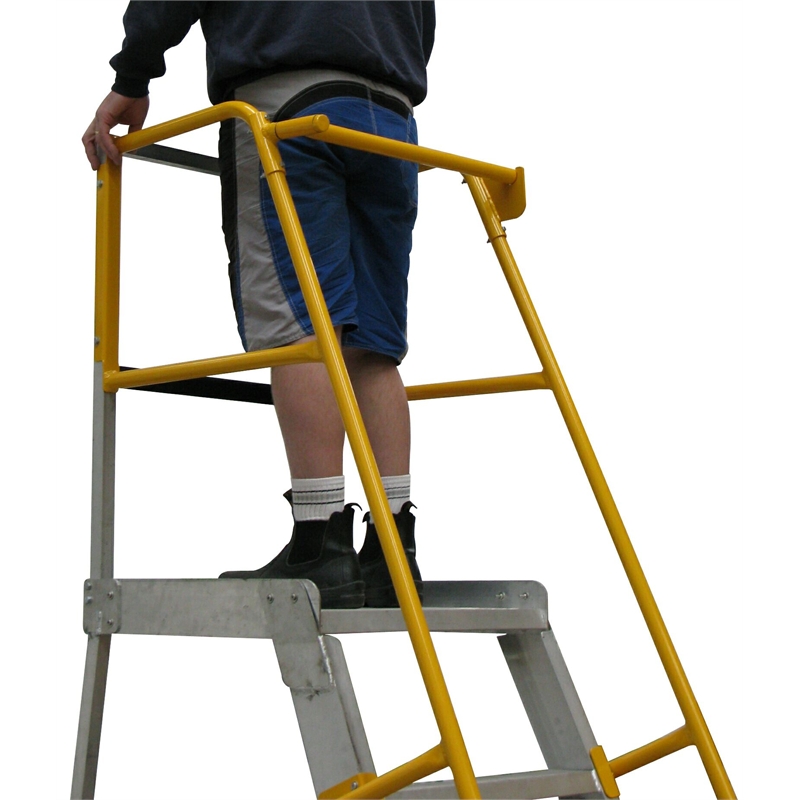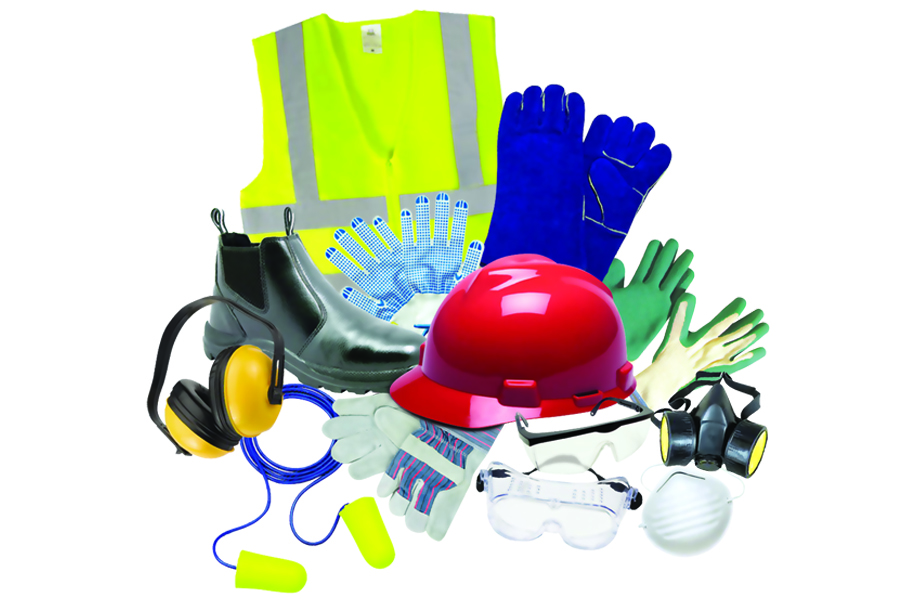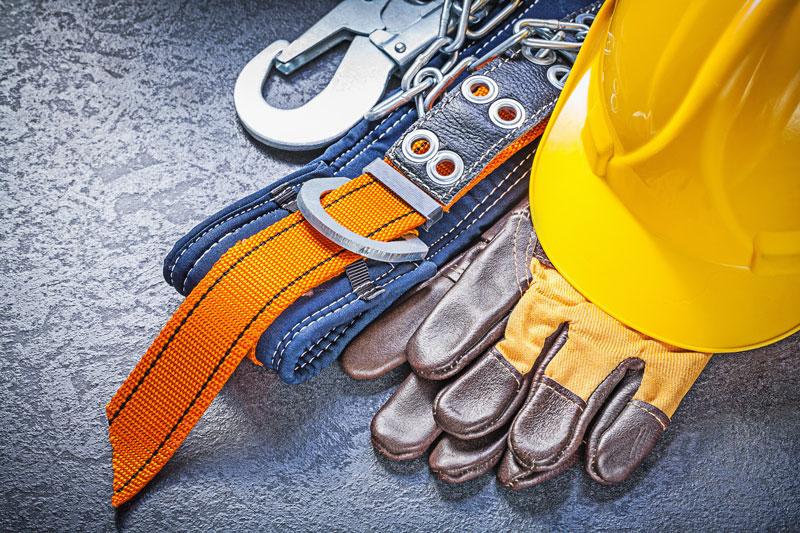While advocating for key components of safety policies and regular training is important, workplace safety cannot rely on this alone. Although both management and employees share in the responsibility of workplace safety, it is the responsibility of management to get employees on board with the concept of a positive safety culture in the workplace.
Most accidents in the workplace that result in injury are the result of human error. Effective communication and a clear understanding of how project goals will be met are essential to safety in any organization. When accidents and injuries occur, pinpointing factors that caused the accident can shine a light on unsafe behaviors and thinking errors. From there, appropriate safety measures can be deployed to increase the likelihood of safer job performance in the future.
In environments that boast enhanced safety cultures, employees exhibit a working knowledge of health and safety topics. They know their job responsibilities and recognize and demonstrate the importance of safety while performing their job. Within these cultures, employees choose the proper tools and safety equipment for all tasks. In addition, they keep their work environment free of clutter to prevent trips and falls and encourage their peers to value safe work practices, as well.
Let’s look at tools and equipment that employee’s value and demonstrate proper use of when working safely to complete job responsibilities.
Ladder Safety

Choosing the proper size and style of the ladder is important when completing a job task. How high you need to reach and how much weight will be placed on the ladder should always be considered. Regardless of style or size, a firm foundation and a stable resting point are always needed. Injury-related falls from ladder use are preventable when users are mindful of the task at hand and each step is taken with care.
Safety Equipment

Safety-cautious employees know the dangers of and do not attempt to perform a job without the required safety equipment. They have received proper training to ensure there is an understanding of all types of equipment’ proper use, maintenance, and disposal. The equipment is readily available and in reliable condition.
If an employee chooses to provide their own safety equipment, management is responsible to assure it meets safety requirements. While the scope of a project will determine the job task, it is important to consider all the necessary equipment needed to complete the job safely.
Let’s take a look at safety gear items that are often required to meet certain safety specifications.
Eye Wear: When it comes to preserving your sight, appropriate eye protection is invaluable. Job duties that require exposure to hazards, such as chemicals, flying particles, flying objects, ultraviolet or infrared radiation, require protection that fits properly and is free from all defects.
Hardhat: A hard hat is essential to protect against serious head injury, trauma, and death. Hardhats are available in a variety of sizes and differ in the range of protection they provide. It is important to choose the right hat that meets the safety standard necessary to perform the job at hand.
Gloves: While most jobs involve the use of your hands, not all job tasks require the use of hand protection. When performing a job that requires you to protect hands from hazards and substances, it is important to select a glove that is well-fitting, comfortable, and suitable for the task at hand. Loose fitting or poor quality gloves increase the chances of a serious injury or loss.
Steel toe shoes: Workers who come into proximity with heavy objects should wear steel toe shoes to protect their feet from injury. Proper fit cannot be overemphasized to ensure comfort and protection. Choose the right shoe that meets your job requirements to ensure your feet are protected at all times. Metatarsal boots provide even more protection than regular steel toe shoes and are required in numerous power plants.
Safety apps: Apps within the workplace are increasing in popularity and are a great addition to any personal safety plan. Employers are now managing the health and safety of employees by using apps and services to reduce the chances of injuries or loss of life. Many of the available safety apps are designed to protect employees with the use of GPS and features such as anonymous reporting.
Accounting for the steps and all resources necessary to complete a project is equally as important as reaching the final goal. Identifying and managing risk is key to preventing injuries throughout any job task or the completion of a project. Defining job responsibility, choosing the right tools, and creating the proper work environment are key ingredients for completing a job within budget, on time, and safely. Visiting safety rules regularly and encouraging a positive safety culture are fundamental to the success of any project completion.
Regardless of the industry that your business operates in, it is essential that you prioritize safety. Cultures that implement safety training are known to have higher productivity levels, and their employees tend to experience higher levels of job satisfaction. Even if you work from home, taking the time to create safety and health policies are crucial to operating a scalable business.






